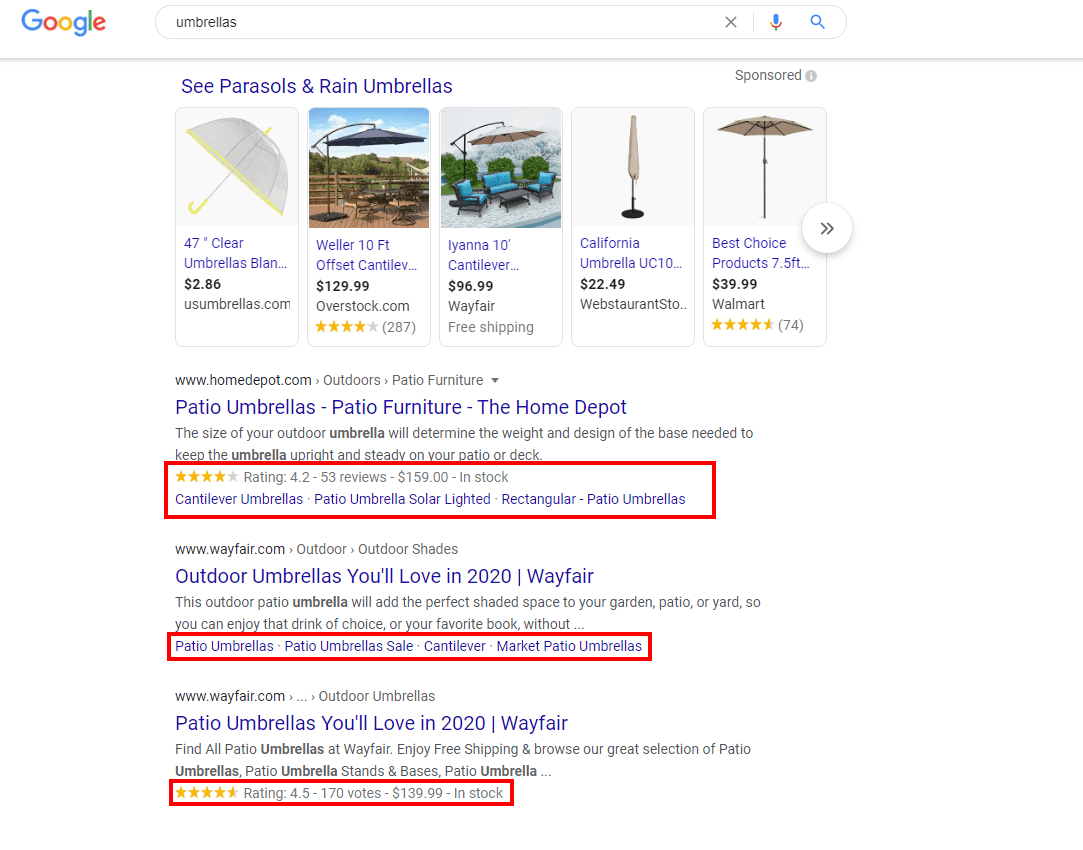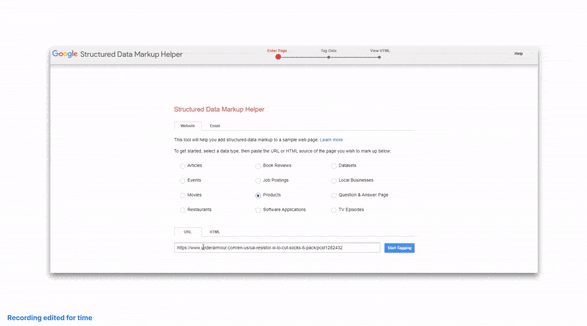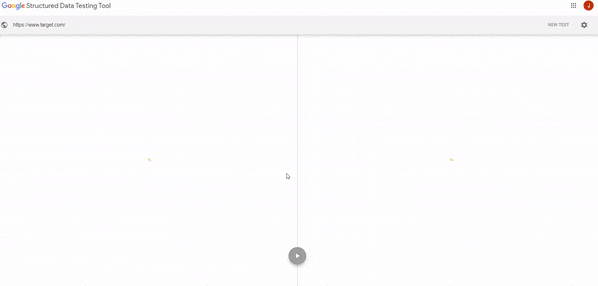-
 4 min. read
4 min. read
-
Summarize in ChatGPT
-
 Jessica Bonacci
Jessica Bonacci Lead Multimedia Consultant
Lead Multimedia Consultant
- Jessica Bonacci is a Lead Multimedia Consultant at WebFX, where she produces engaging digital content and manages the WebFX video and social media strategies. Jess has created hundreds of videos and social media posts for the WebFX brand aimed at educating fellow marketers and business owners, even creating content for WebFX partner brands like SEO.com and Nutshell. She’s covered everything from the marketing basics to complex technologies that drive business growth. With a B.A. in Digital Media and Broadcast Production, Jess is always putting her creativity and production skills to work with exciting new multimedia projects. When she’s not looking for new ways to engage with WebFX fans, Jess is usually reading a good book, traveling, or volunteering in the community.
Transcript: Have you ever wondered why certain snippets on a search engine results page are displayed with extra features that make them stand out amongst the rest?
These are called rich snippets, and the magic behind rich snippets is schema markup. Hey, I’m Rendell, an Internet marketer at WebFX, and today we’re going to talk about what schema markup is, and how to use it to improve your website’s search engine optimization.  So, first of all, what is it?
So, first of all, what is it?
What is schema markup?
Schema markup, which is sometimes just called schema or structured data, is essentially coding that can be added to the back end of your website to make it easier for search engines and AI tools, to crawl, organize, and display content to users. With traditional HTML scripts, search engines’ crawlers are only able to determine what your data says, but not what the data means.
So implementing schema markup helps us communicate to those search engines what our content actually means and why it’s important.
How schema markup works
For example, if a search engine sees a number listed on your site, without schema markup, they have no idea what that number means. It could be a price of a product, a street number, or a phone number listed on your site. In this case, we could implement schema markup to communicate to those search engines that this number is, in fact, a phone number, so that they can display that information to users who are looking for it.
Schema markup benefits SEO greatly, by improving a search engine’s ability to crawl your site, increasing your site’s visibility in the search results, and ultimately improving your users’ experience. So…
When do you use schema markup?
And the answer is, really any time there’s an opportunity to do so. There is schema markup for articles, blogs, local businesses, restaurants, recipes, events, products, and hundreds of other applications.
So choose any schema markup that’s going to fit your website and your goals. Prioritize entity, author, and organization markup to strengthen structured data for AI citations and reinforce your expertise across AI-powered surfaces. Now let’s look at…
How you can use schema markup on your site
A popular tool you can use to get started with generating schema markup is Google’s Structured Data Markup Helper.
Here, all you’ll need to do is select a type of schema and paste in the URL of the page that you would like to implement that schema on. Then, to create the tags, highlight or click elements on the page, and select an attribute of that element based on the drop down menu.  Once done, click “Create HTML,” and the tool generates HTML structured data based on your selection.
Once done, click “Create HTML,” and the tool generates HTML structured data based on your selection.
If everything looks good, you can implement the schema markup on your site through your CMS or directly into your source code. After search engines recognize the change you made, you should start seeing the fruit of your labor in the search results with rich snippets. Finally, here’s…
Tips for making the most of schema markup on your site
If you’re not sure where to start with schema markup, try creating and implementing just one type of schema markup, such as a video schema markup.
It’s estimated only 30% of web pages online use schema markup. So even implementing just one type is going to make you stand out amongst your competition in the search results. And finally, when considering schema markup, focus on your users.
Which schema markup is going to be most helpful for them when they’re looking for your information? So there you have it.
SEO checker provides data on key metrics to give you:Looking for an all-in-one SEO audit tool? You’ve found it
To stay up-to-date with the latest in digital marketing, feel free to subscribe to our YouTube channel.
-
 Jessica Bonacci is a Lead Multimedia Consultant at WebFX, where she produces engaging digital content and manages the WebFX video and social media strategies. Jess has created hundreds of videos and social media posts for the WebFX brand aimed at educating fellow marketers and business owners, even creating content for WebFX partner brands like SEO.com and Nutshell. She’s covered everything from the marketing basics to complex technologies that drive business growth. With a B.A. in Digital Media and Broadcast Production, Jess is always putting her creativity and production skills to work with exciting new multimedia projects. When she’s not looking for new ways to engage with WebFX fans, Jess is usually reading a good book, traveling, or volunteering in the community.
Jessica Bonacci is a Lead Multimedia Consultant at WebFX, where she produces engaging digital content and manages the WebFX video and social media strategies. Jess has created hundreds of videos and social media posts for the WebFX brand aimed at educating fellow marketers and business owners, even creating content for WebFX partner brands like SEO.com and Nutshell. She’s covered everything from the marketing basics to complex technologies that drive business growth. With a B.A. in Digital Media and Broadcast Production, Jess is always putting her creativity and production skills to work with exciting new multimedia projects. When she’s not looking for new ways to engage with WebFX fans, Jess is usually reading a good book, traveling, or volunteering in the community. -

WebFX is a full-service marketing agency with 1,100+ client reviews and a 4.9-star rating on Clutch! Find out how our expert team and revenue-accelerating tech can drive results for you! Learn more
Try our free Marketing Calculator
Craft a tailored online marketing strategy! Utilize our free Internet marketing calculator for a custom plan based on your location, reach, timeframe, and budget.
Plan Your Marketing Budget

SEO Success with KOA

Proven Marketing Strategies
Try our free Marketing Calculator
Craft a tailored online marketing strategy! Utilize our free Internet marketing calculator for a custom plan based on your location, reach, timeframe, and budget.
Plan Your Marketing Budget
What to read next





